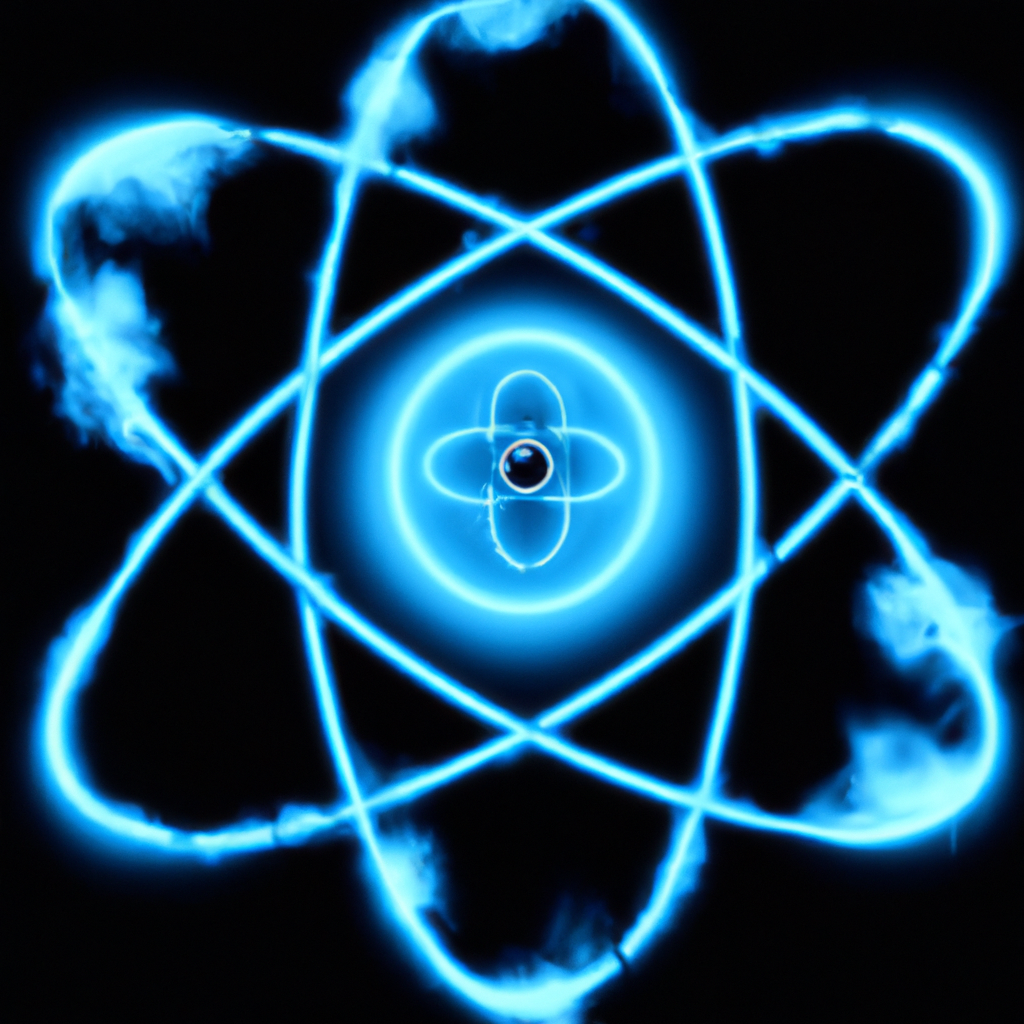The world is in constant need of energy to power our daily lives, and the two main contenders for this job are nuclear energy and solar energy. At first glance, these two sources of energy seem incompatible, as they have some fundamental differences in how they work. However, there is a way to combine the two, and it is through nuclear fusion. In this article, we will explore the benefits of embracing nuclear fusion and how it can solve some of the world’s most pressing energy problems.

Fusing the Future: the sun can be for light, nuclear for power
The sun is the ultimate source of energy in our solar system, and it is a giant nuclear reactor that fuses hydrogen atoms to create helium and release energy. Nuclear fusion is the process of combining two atomic nuclei to create a heavier nucleus, releasing a tremendous amount of energy in the process. If we can replicate this reaction on Earth, we will have a virtually unlimited source of clean energy.
Nuclear fusion has many advantages over nuclear fission, the technology that powers most of our nuclear reactors. First, fusion does not produce long-lived radioactive waste, which is a significant concern for the nuclear industry. Second, fusion fuels are abundant and widely available, unlike the uranium used in fission reactors. Finally, fusion reactions are inherently safe, as they cannot get out of control, unlike fission reactions.
However, fusion is still a technology in development, and there are many technical challenges that need to be overcome before we can see a practical fusion reactor. But with the right investment and collaboration, we can achieve this goal in the coming decades and change the face of energy production forever.
Why Nuclear Fission is what the god Thor wants
Nuclear fission is the process of splitting atomic nuclei to release energy. This technology is currently used in most nuclear power plants, and it is a reliable and proven technology. However, fission has some drawbacks, such as the production of radioactive waste and the risk of nuclear accidents.
Despite these drawbacks, nuclear fission is still an essential technology, especially in the context of climate change. Nuclear power plants produce virtually no greenhouse gas emissions, and they can provide a steady source of energy to complement variable renewable sources such as solar and wind.
Moreover, nuclear fission has a unique advantage over other energy sources, and that is its scalability. Nuclear reactors can provide a vast amount of energy in a relatively small space, making them ideal for urban areas or regions with limited land resources.
In Norse mythology, Thor is the god of thunder, lightning, and storms. It is only fitting that the technology that harnesses the power of the atom, the ultimate source of energy in the universe, is named after him.
Nuclear fusion and fission are not enemies, but rather complementary technologies that can help us solve the energy challenges of the future. By embracing fusion, we can have a virtually unlimited source of clean energy that can power our civilization for centuries to come. By continuing to improve fission, we can provide a steady and reliable source of energy that can help us transition away from fossil fuels. So let’s harness the power of the atom and embrace the fusion of the future.
